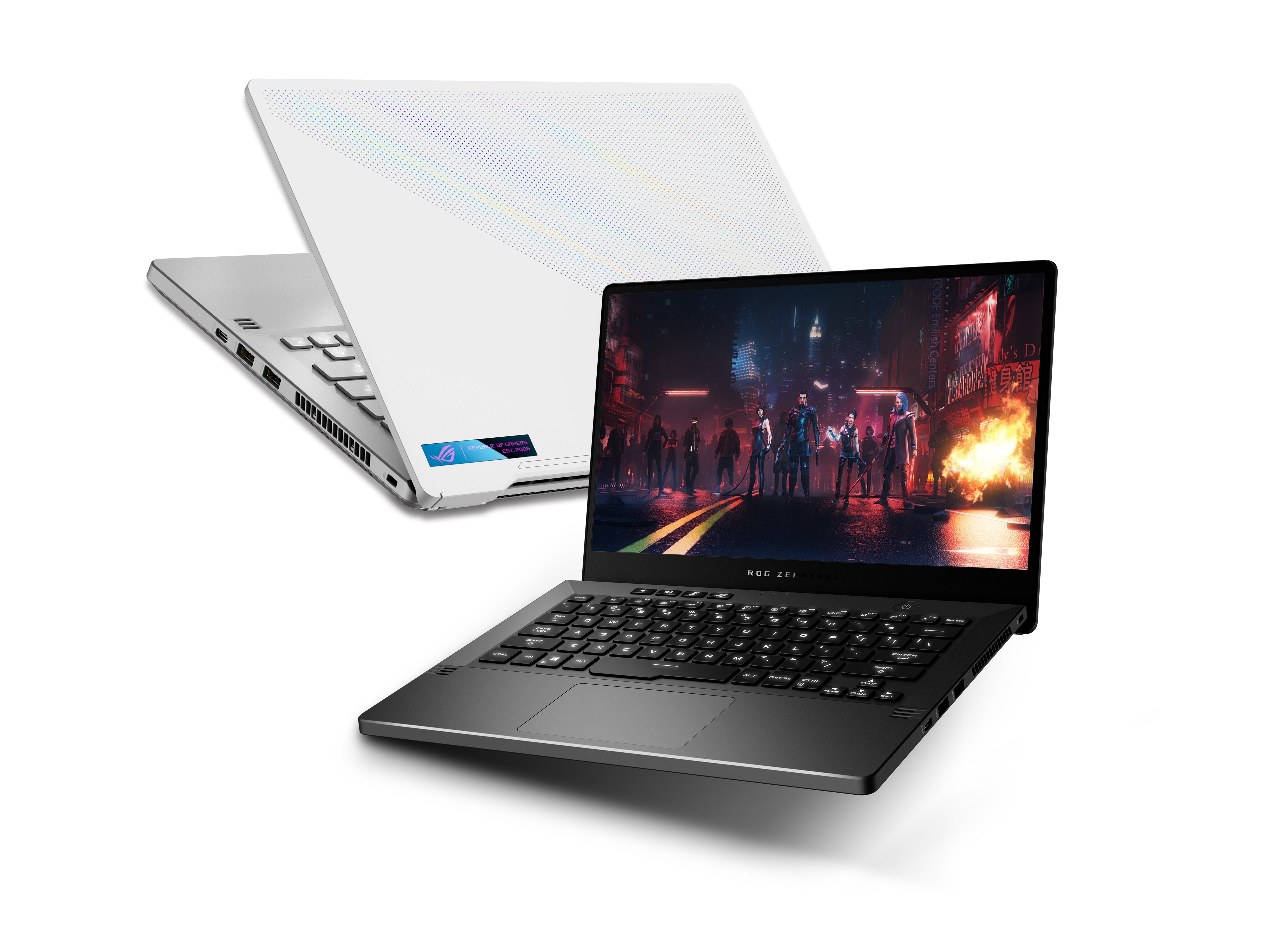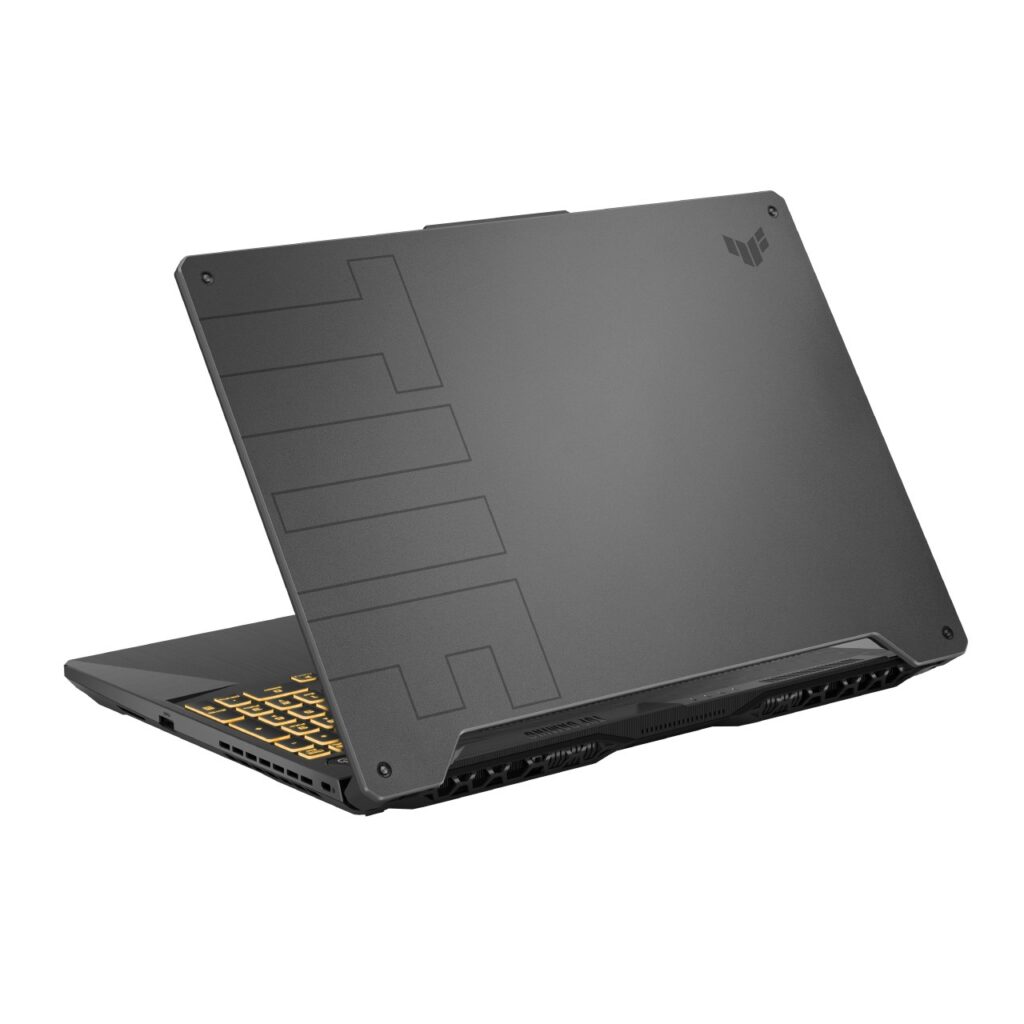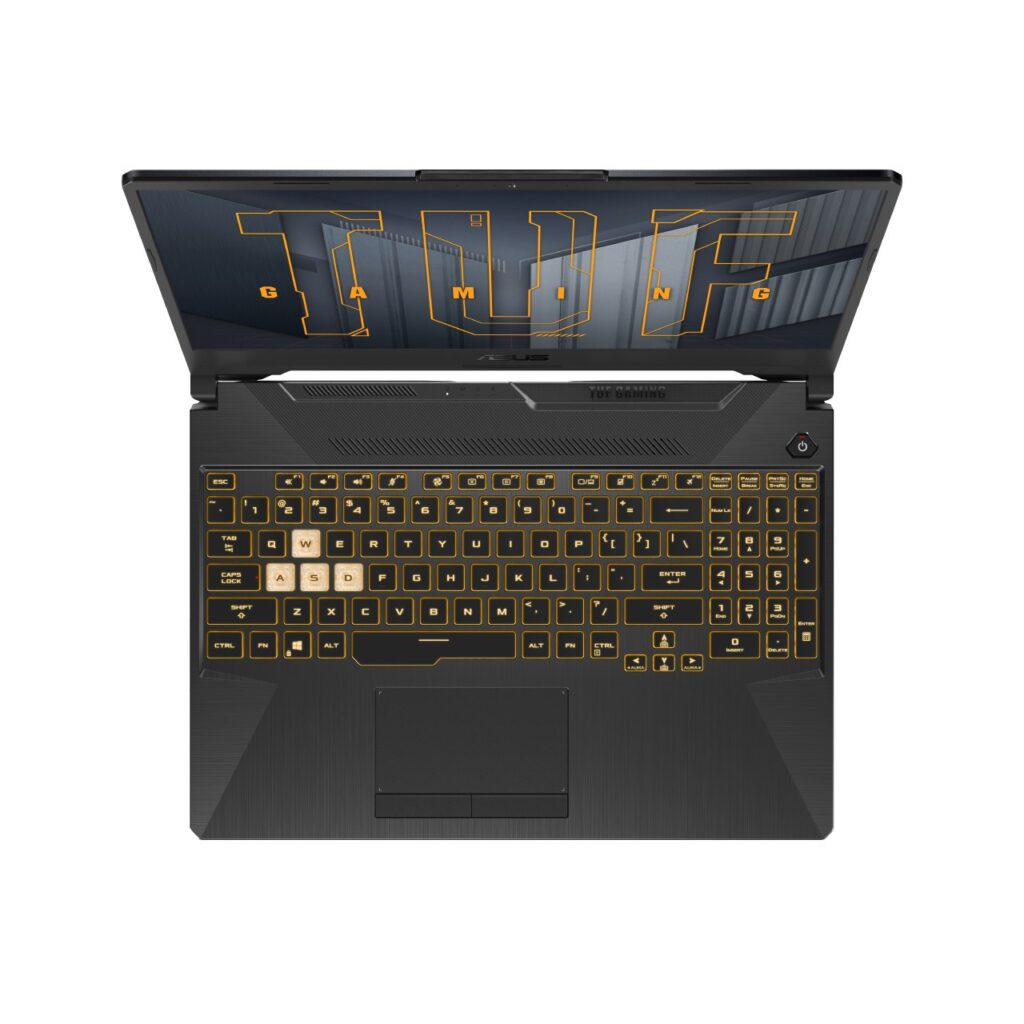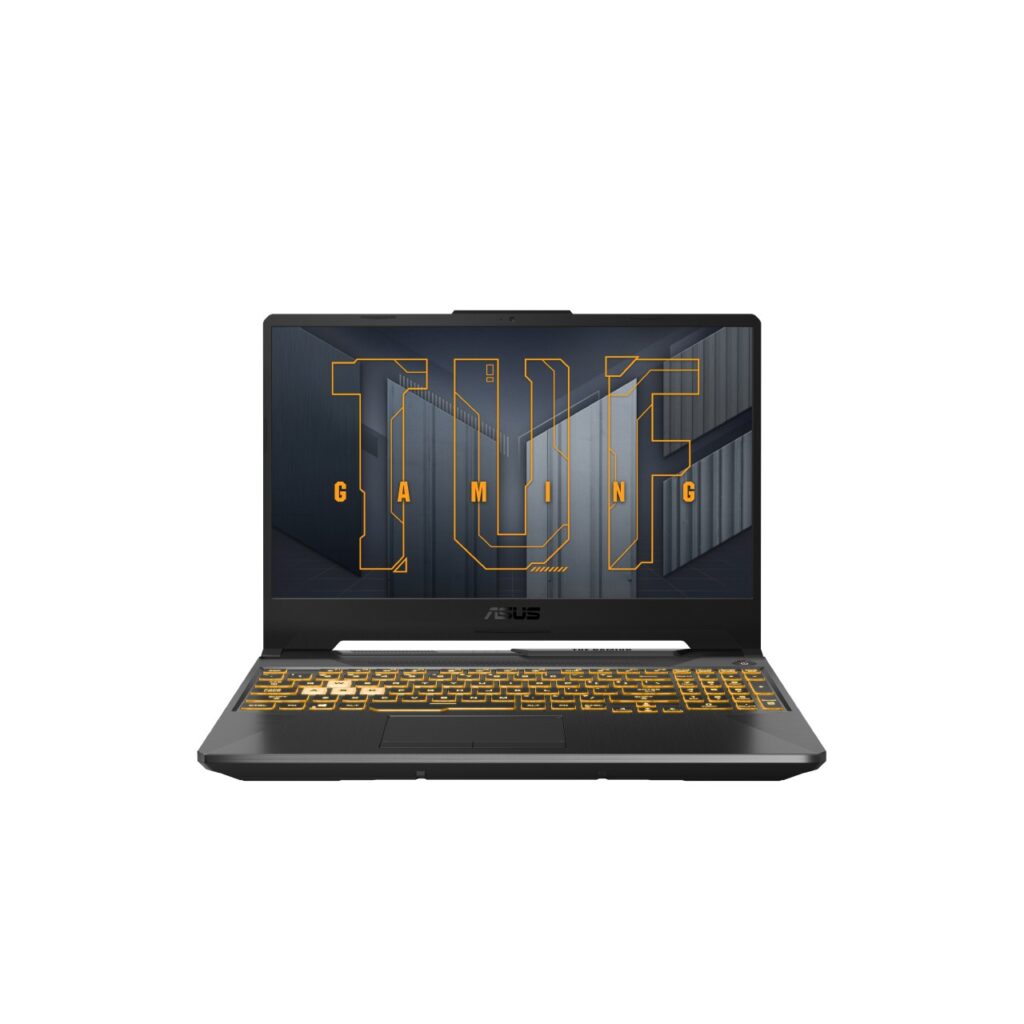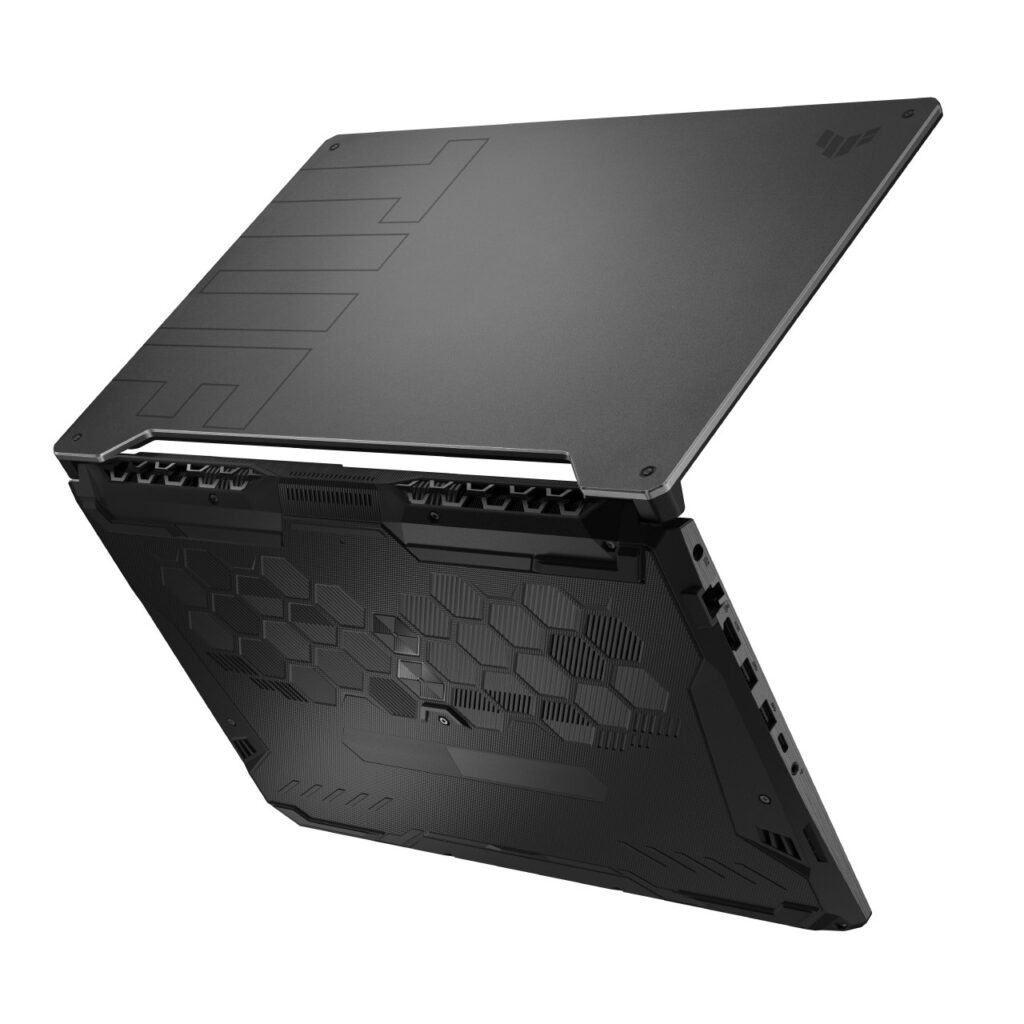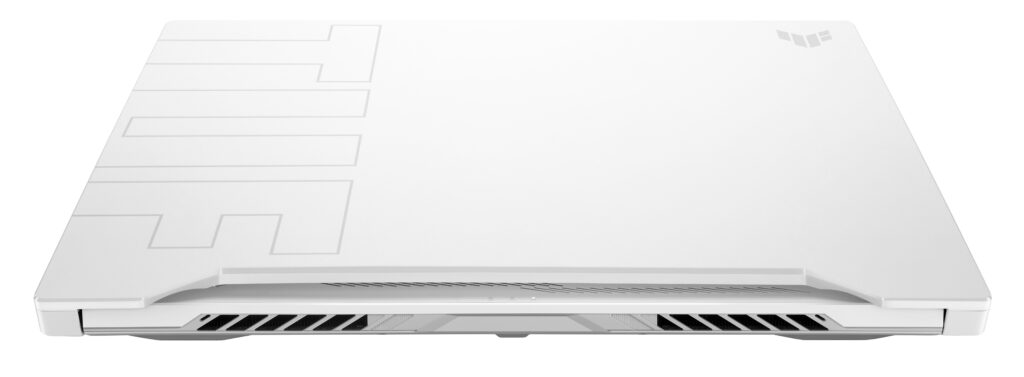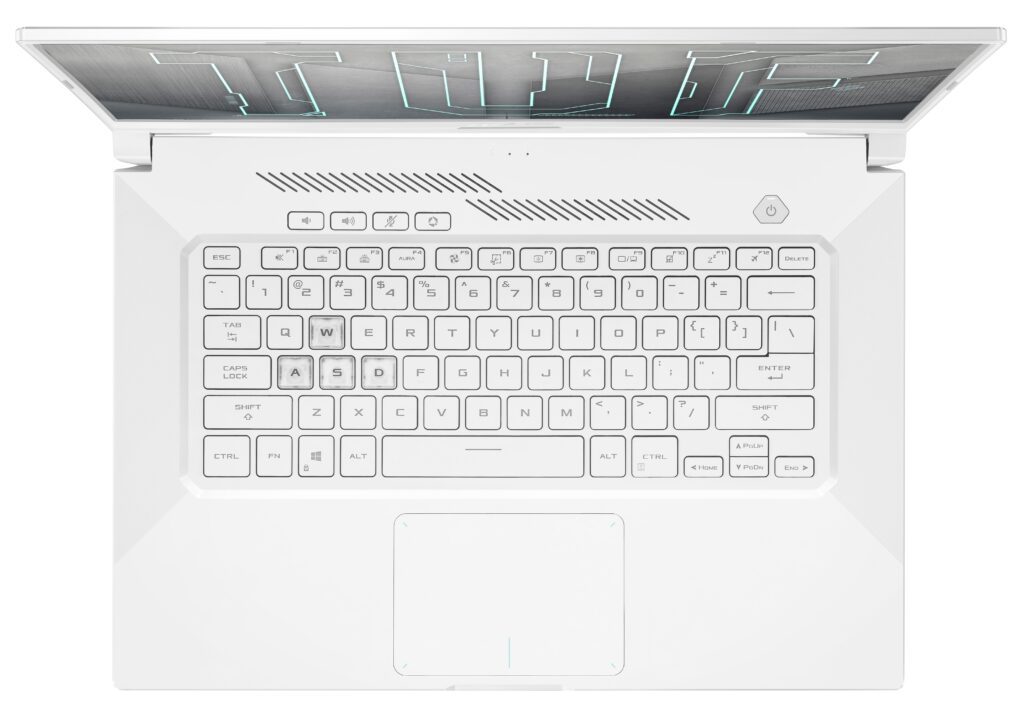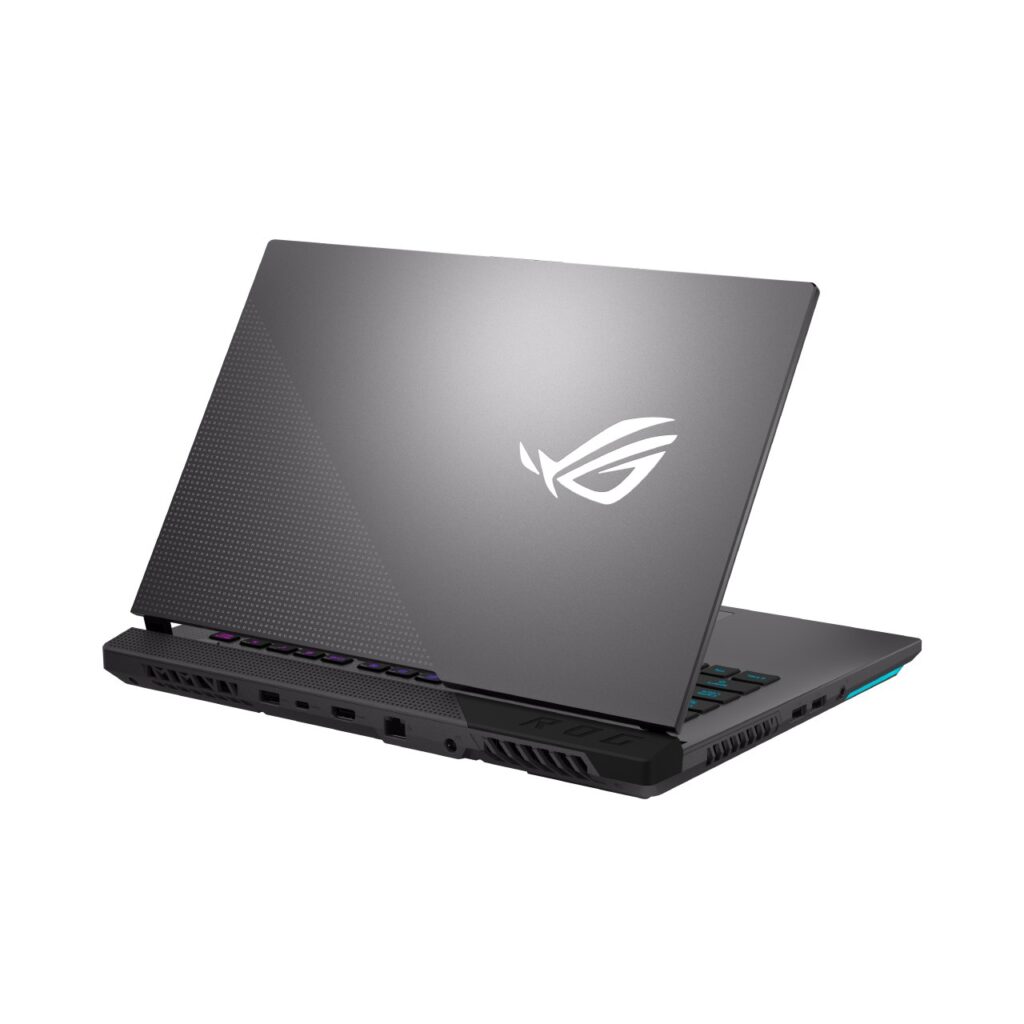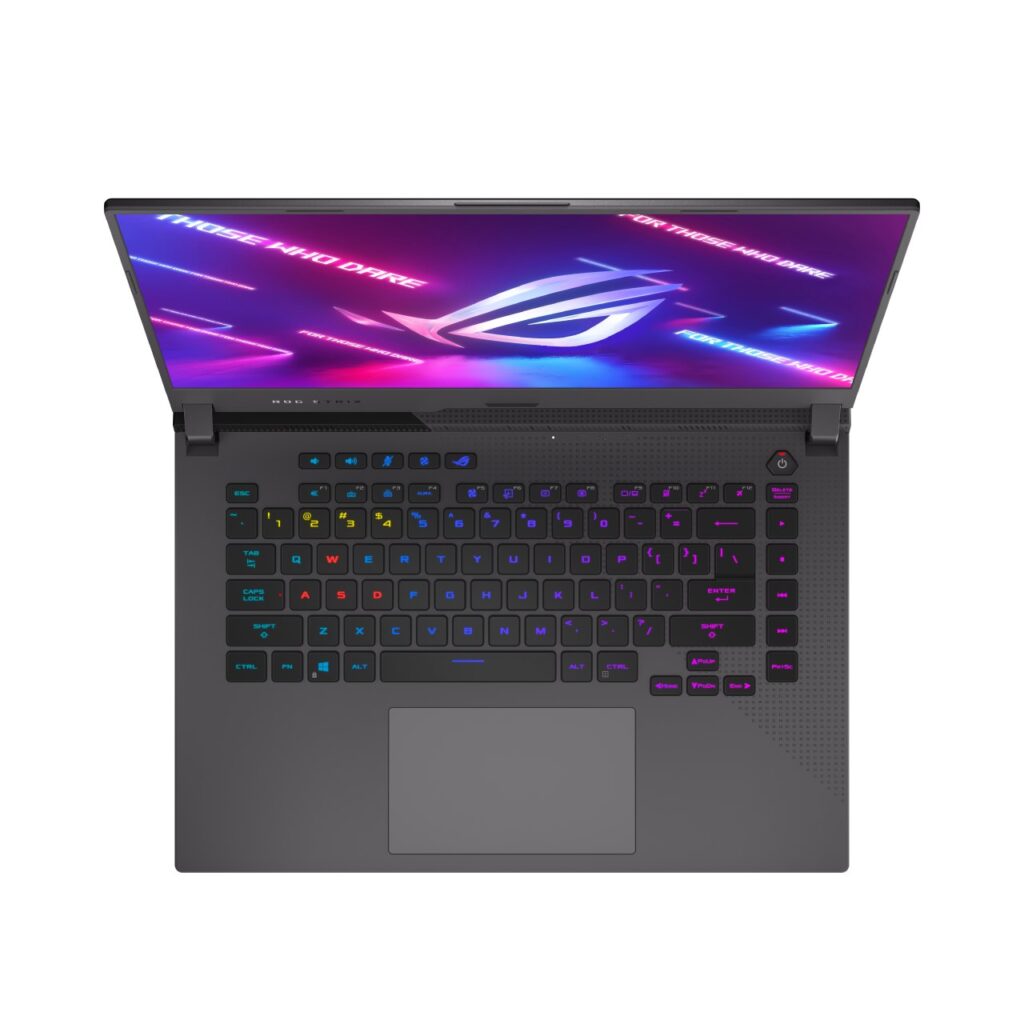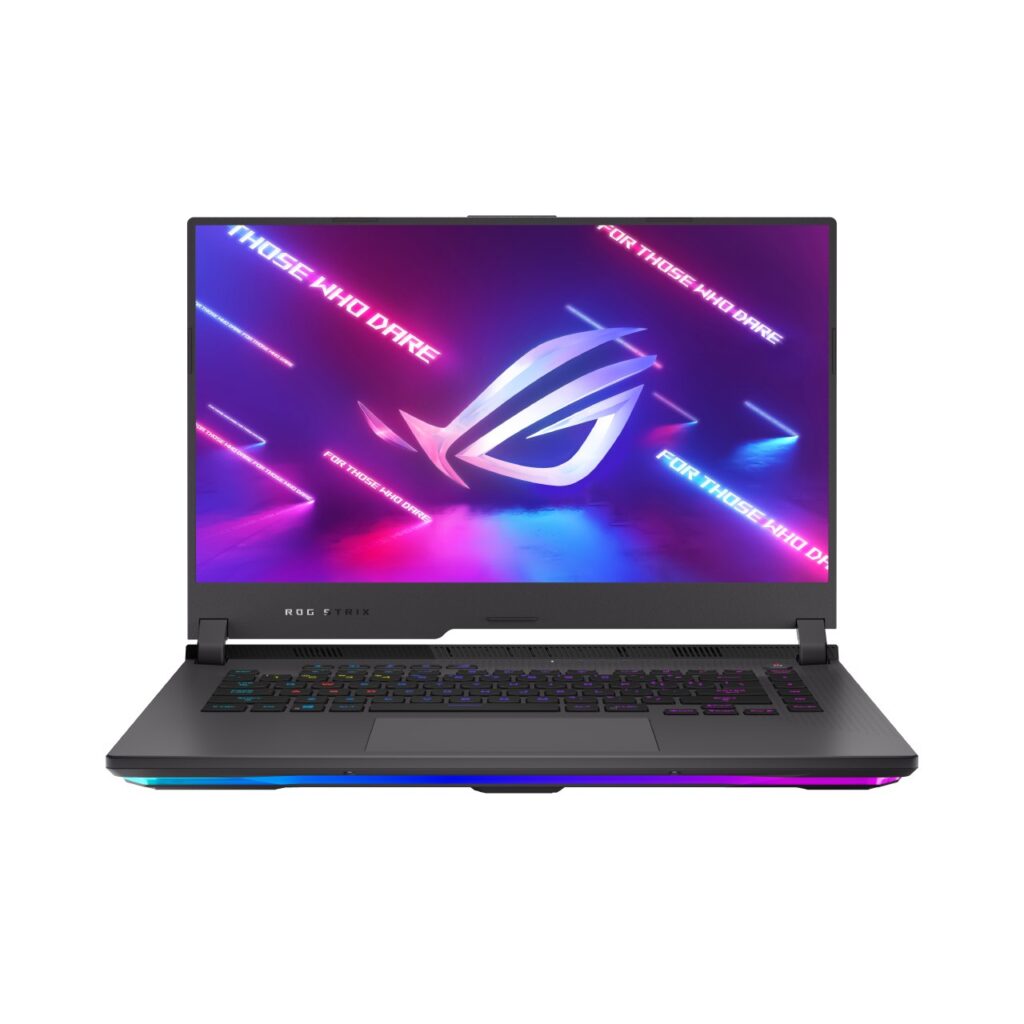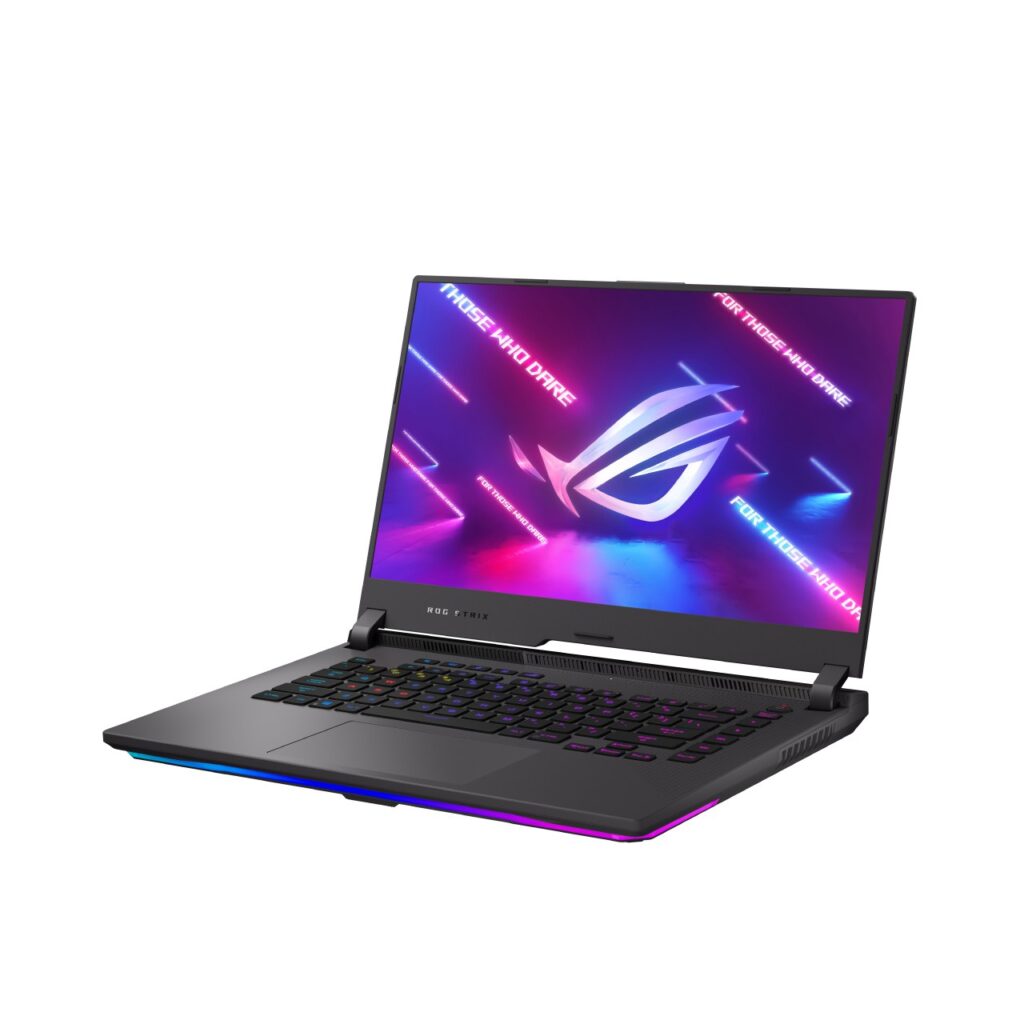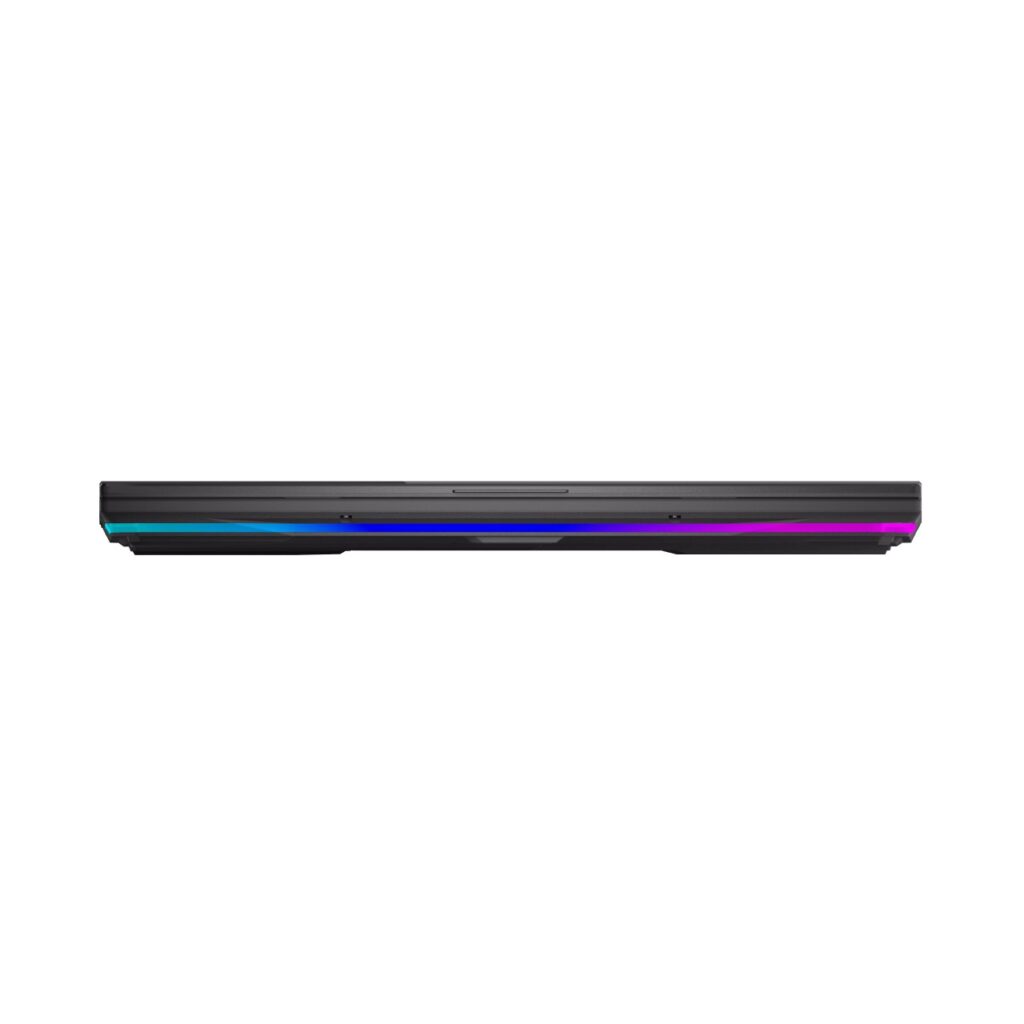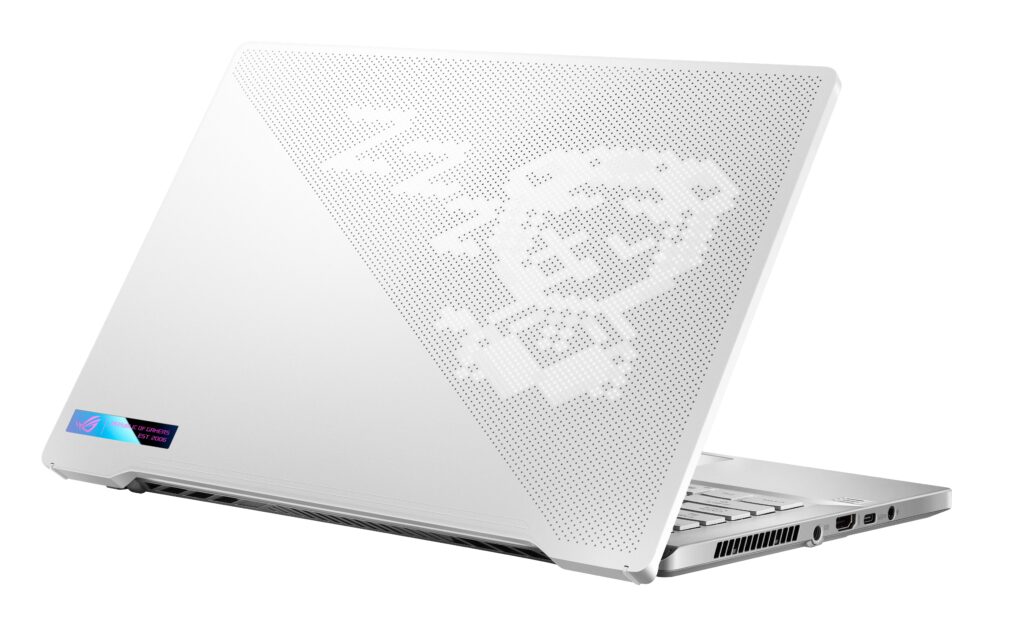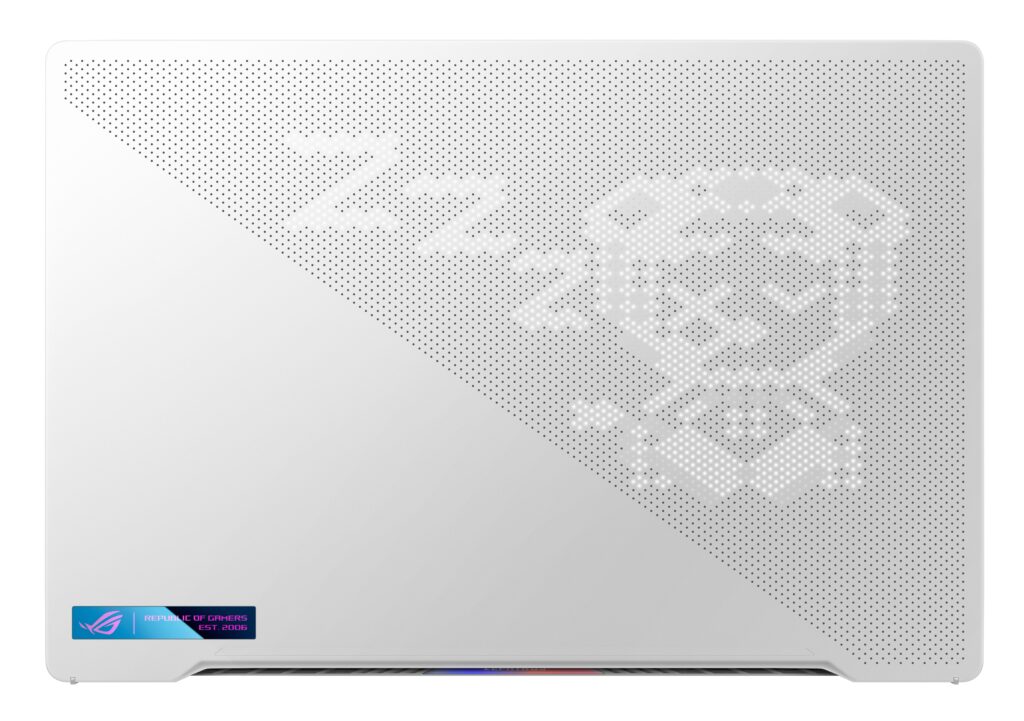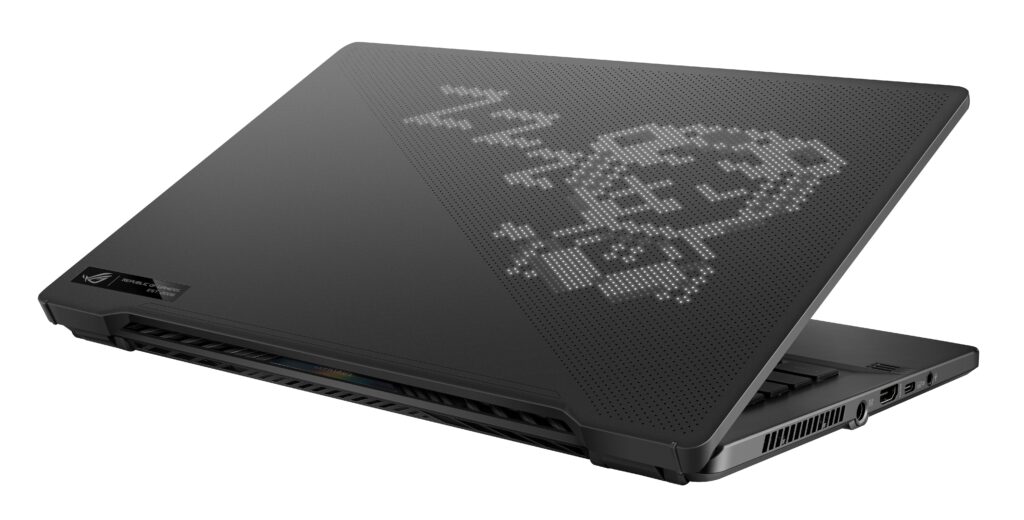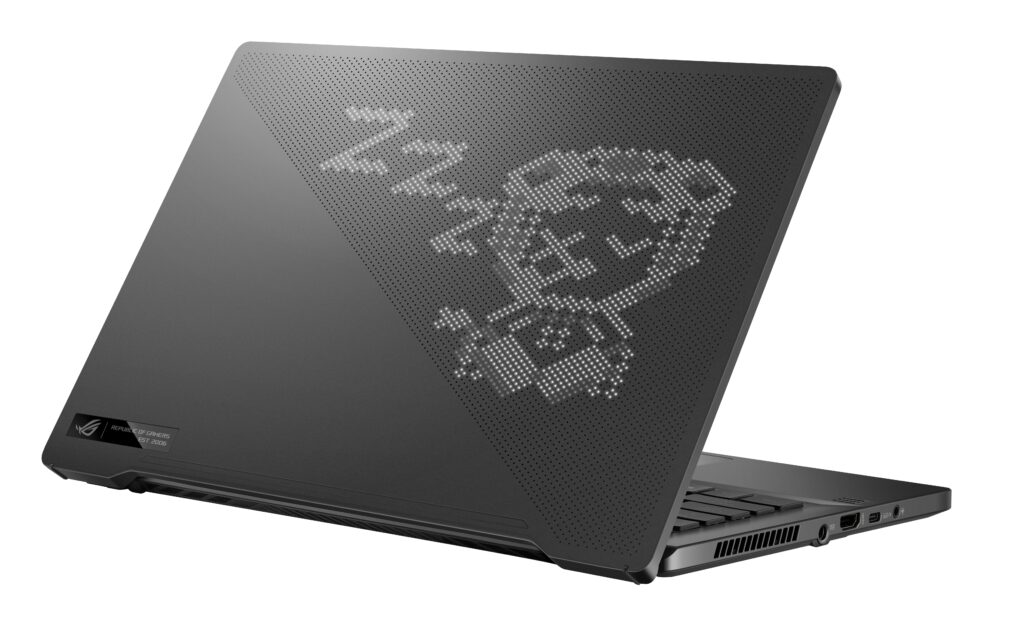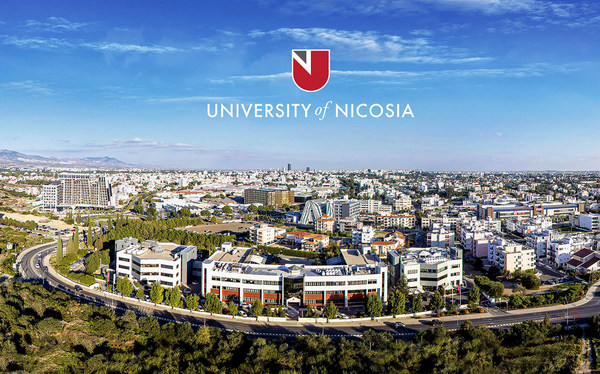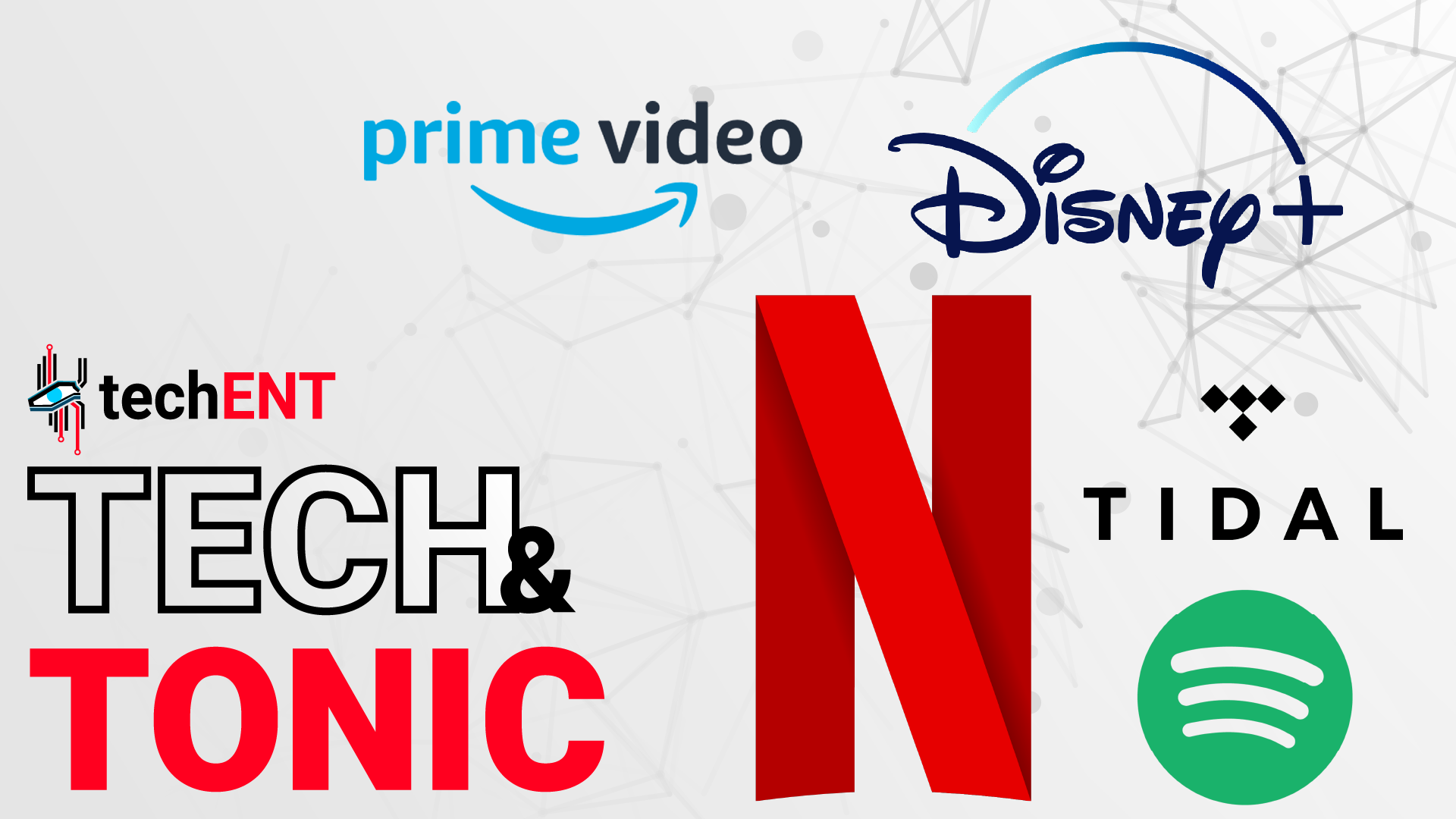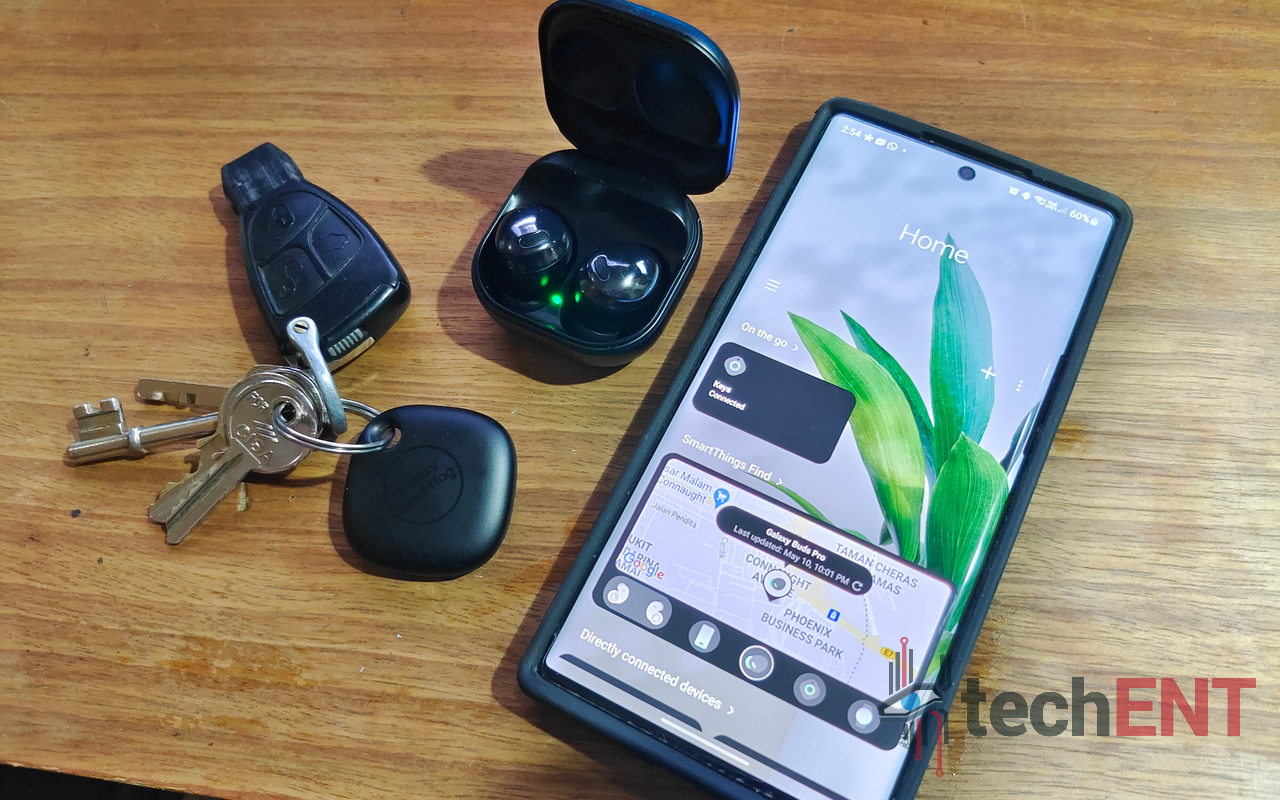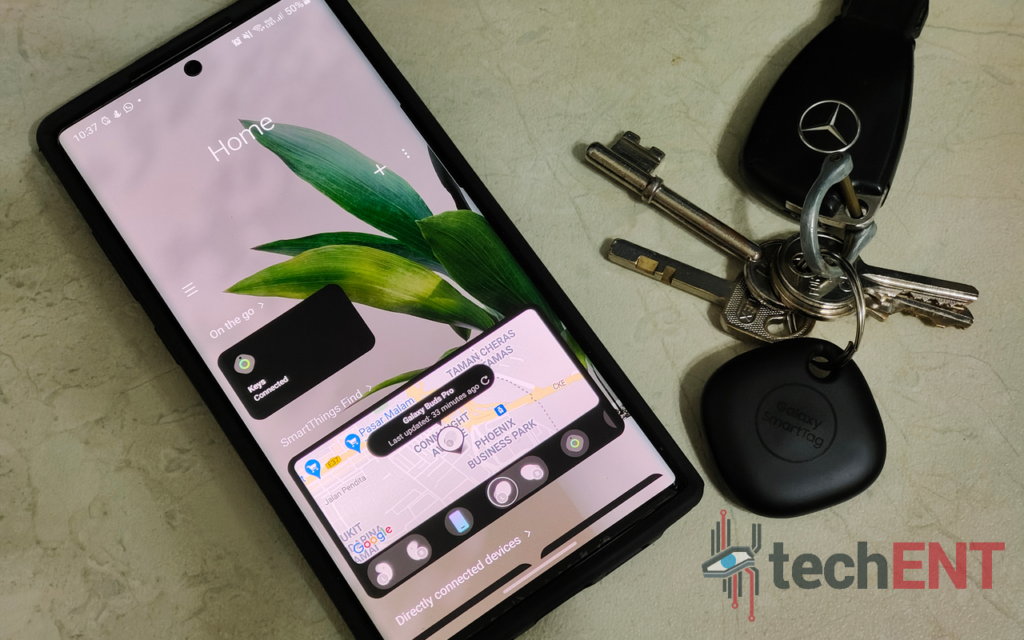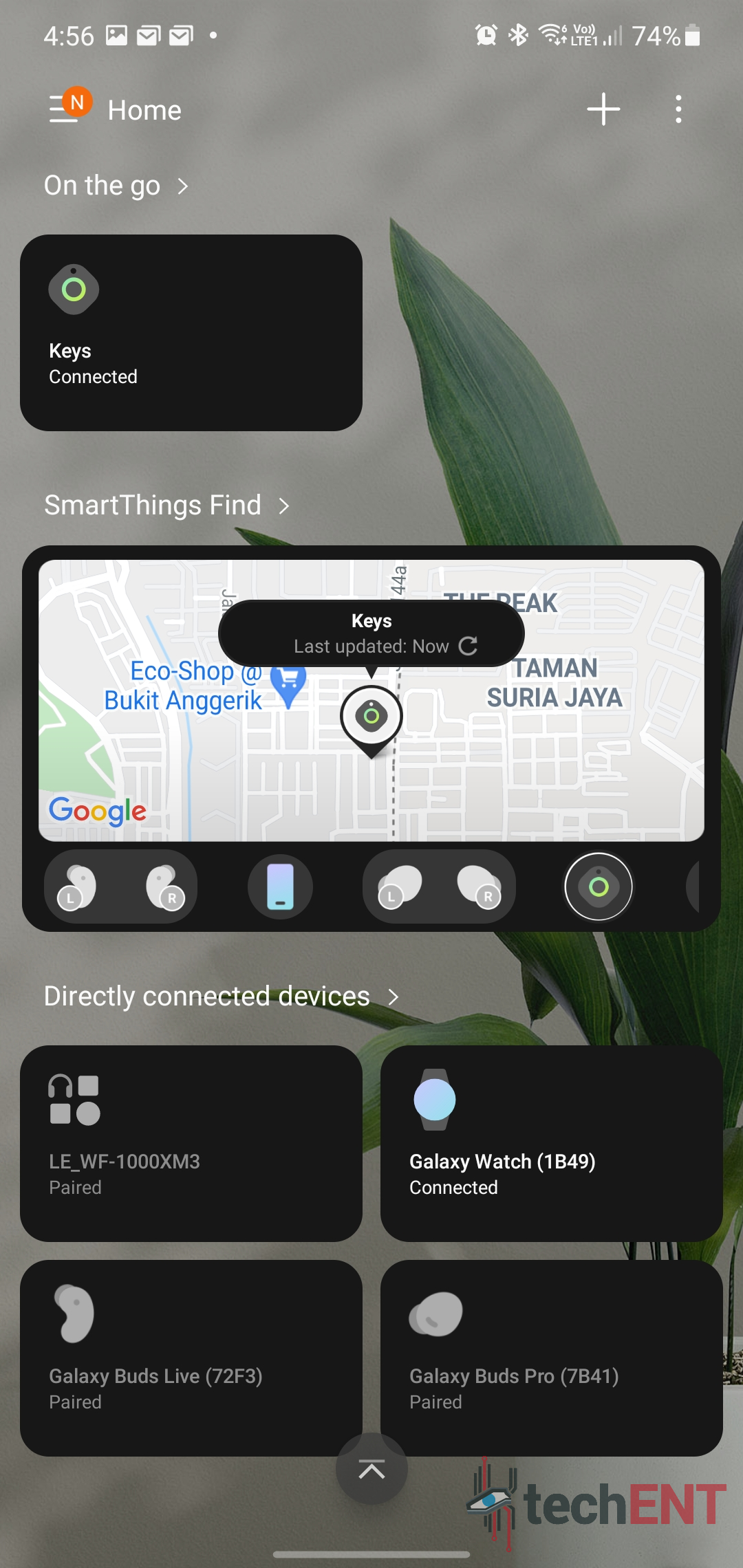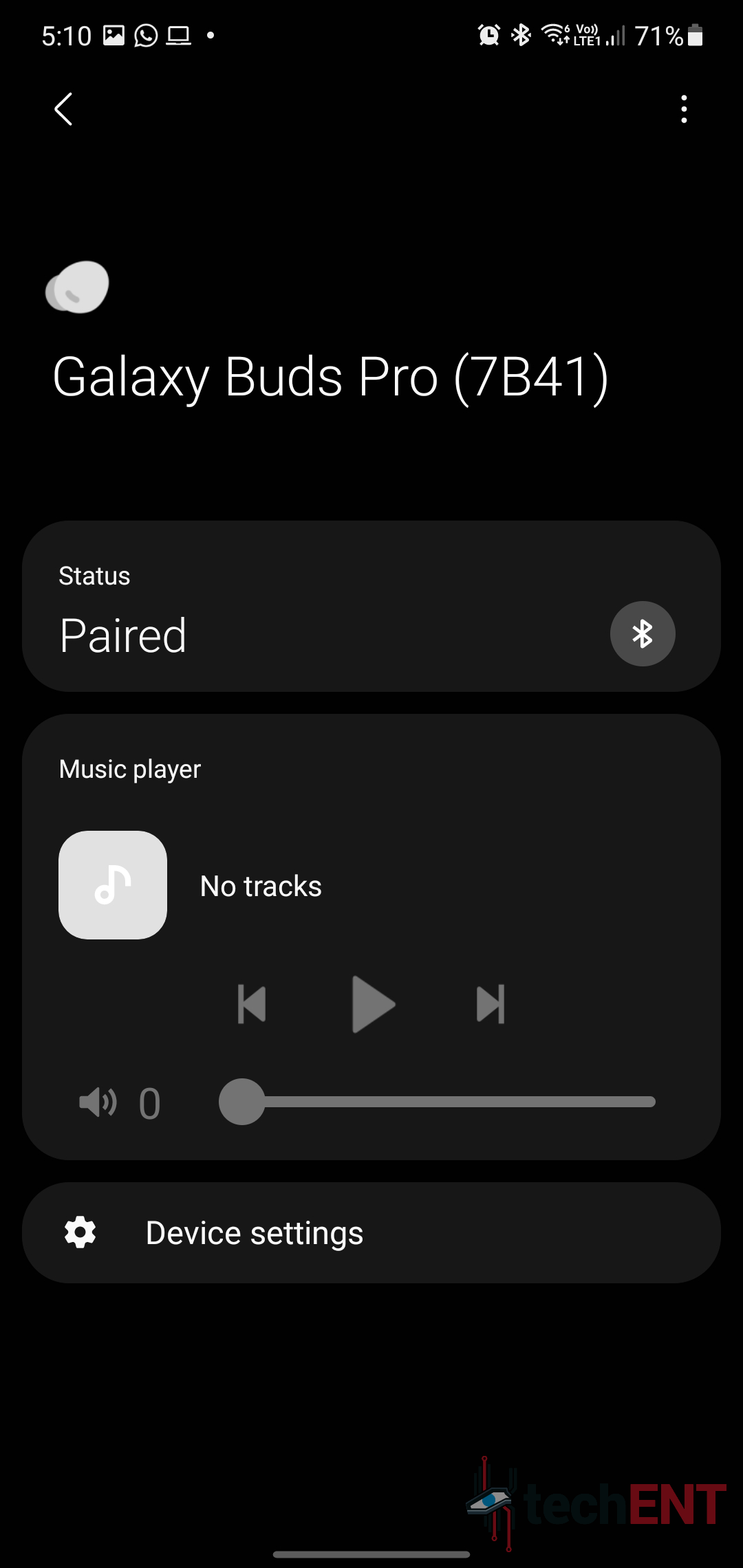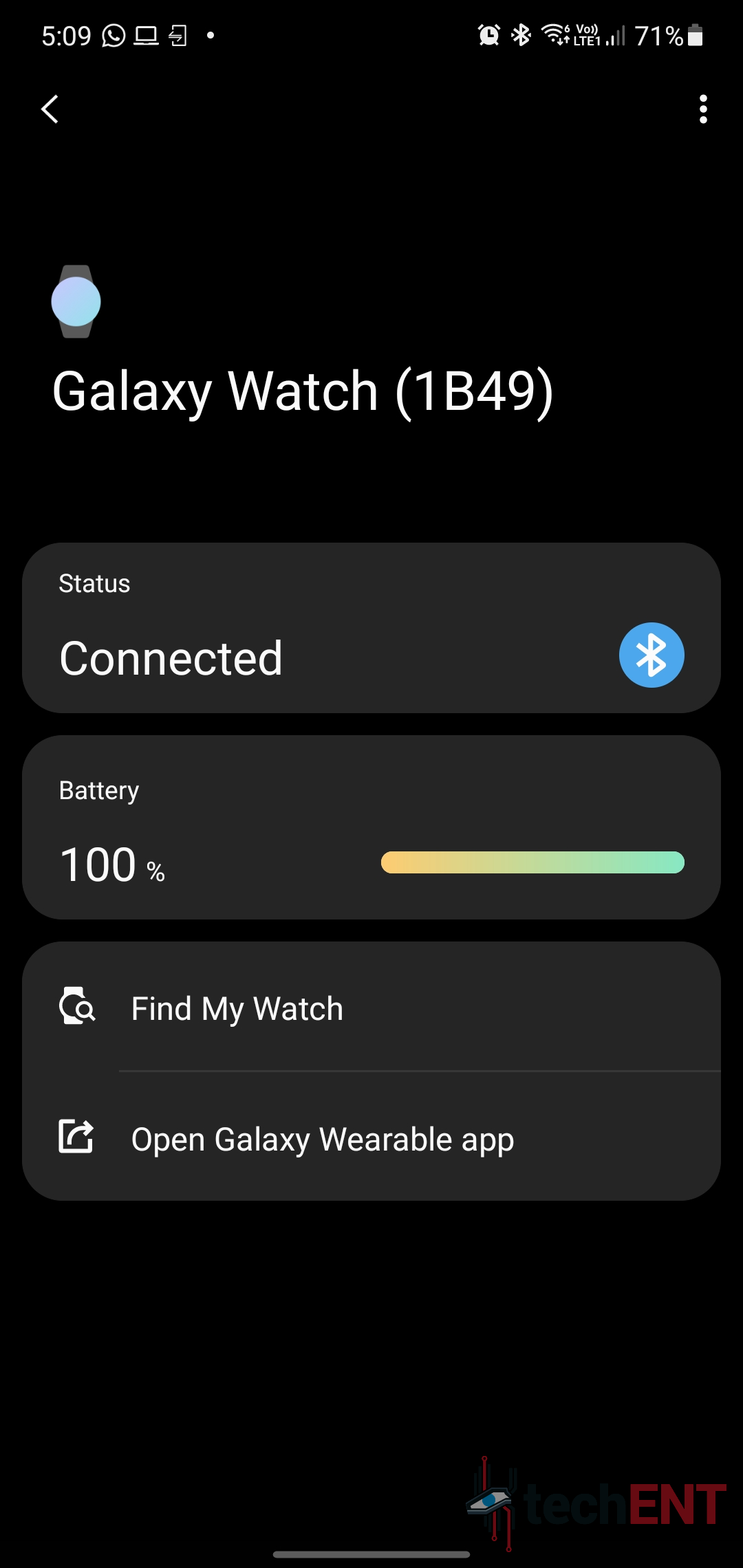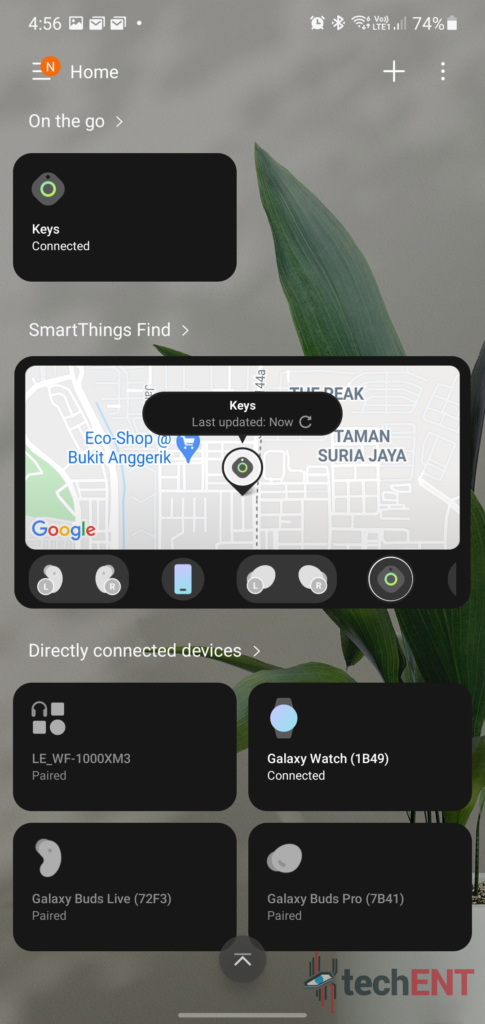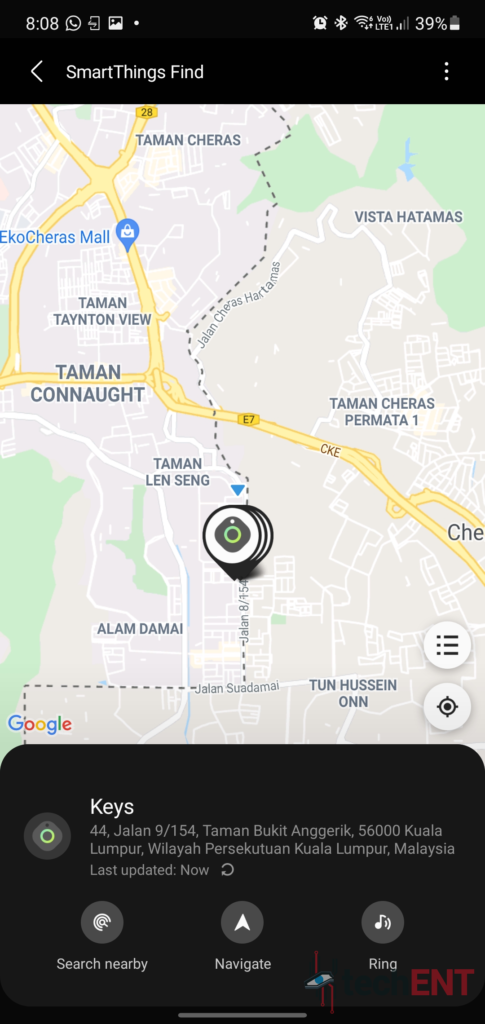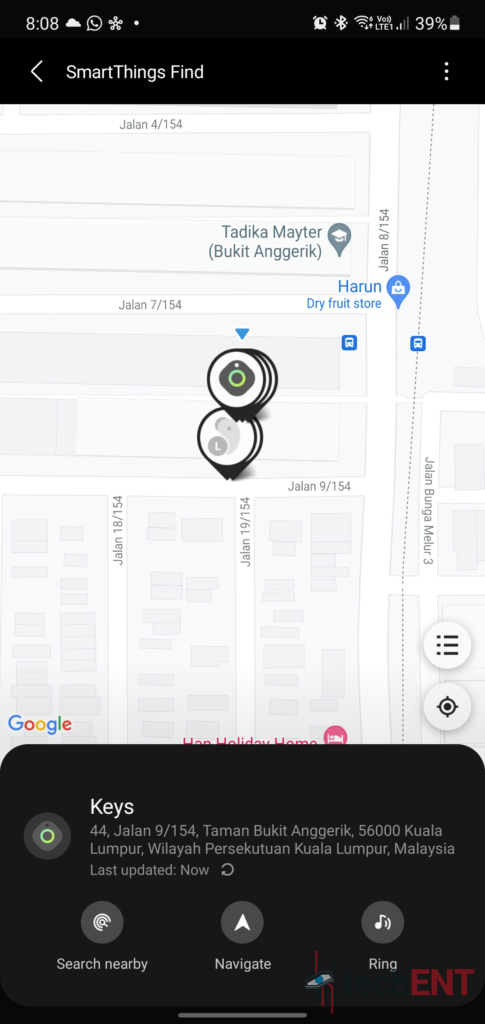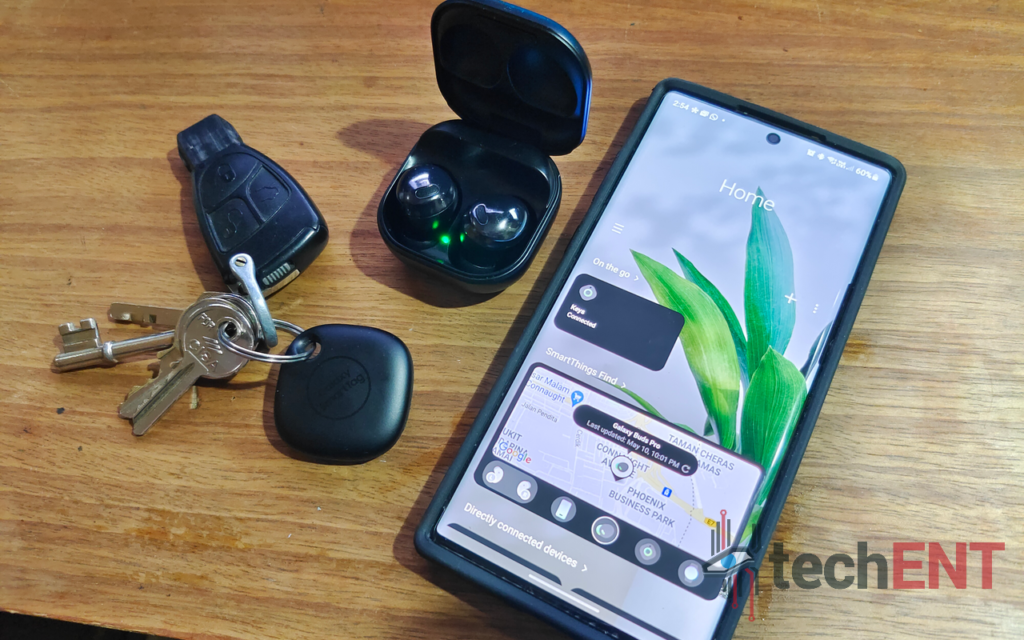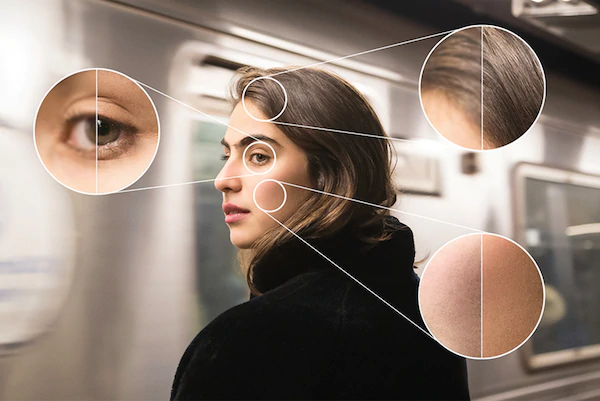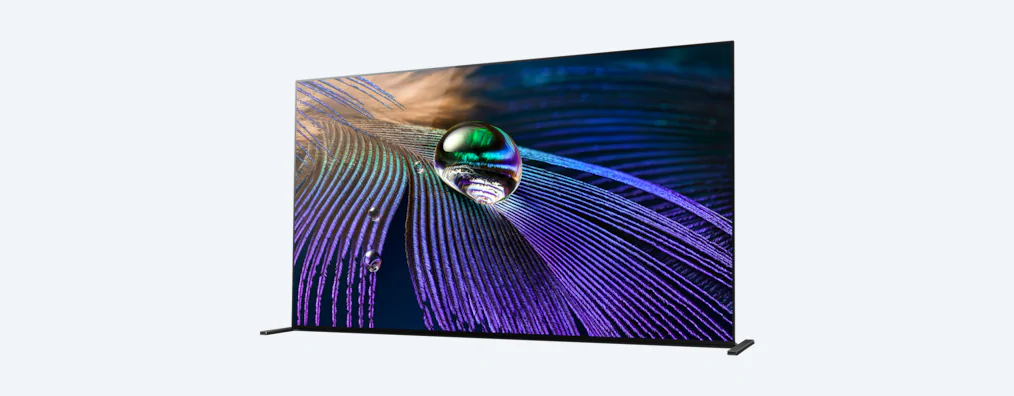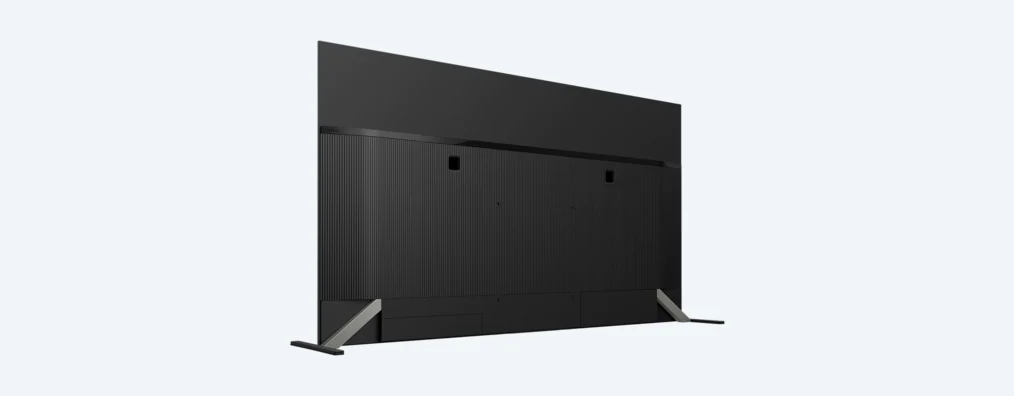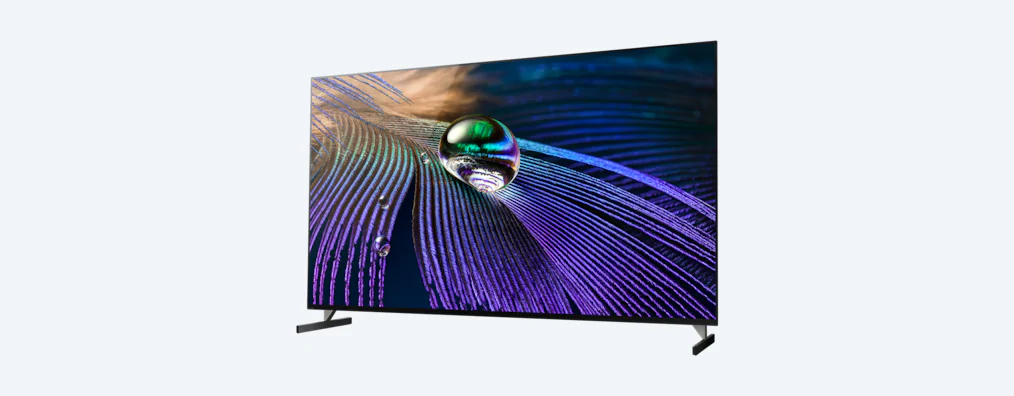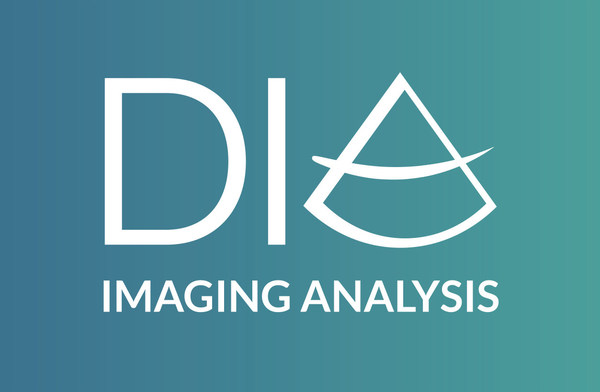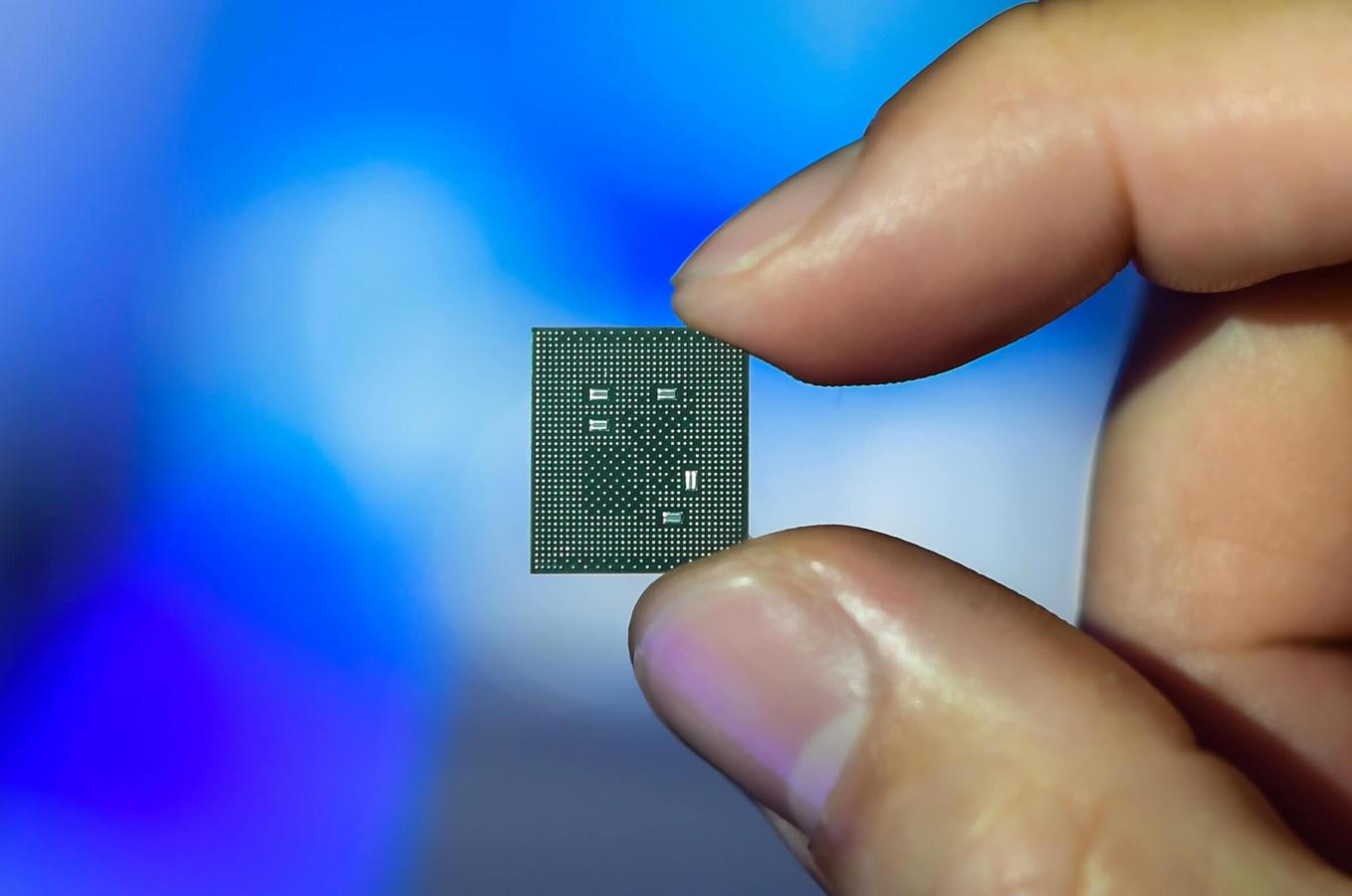Last year NVIDIA announced their next generation GPUs, the GeForce RTX 30 series GPUs that they claim to have the largest generational gap over the older series. It is inevitable then for fans to be asking for the mobile variant of the GPUs to be put in the ever popular and growing gaming notebook market. They are also asking for more budget friendly variants like the RTX 3060 Ti and updated variant of the GTX 1650 and GTX 1660 Ti.
That is not all though, new CPUs are also introduced in 2020 and early 2021. AMD came swinging hard with the new AMD Ryzen 5000 series CPUs with Zen 3 architecture making them the most powerful consumer level CPU overall currently on sale. Intel pushed their own boundaries with their 10nm architecture 11th Generation CPUs early in 2021 too. To be fair though Intel came with the mobile variant of the 11th Generation Core processors early in 2020 before the desktop variants were introduced in 2021.
TUF Gaming F15 and F17 (FX506H-CHN021T, FX706H-CHX065T, FX506H-MHN103T)
ASUS kicks of with the new TUF Gaming notebooks, both in 15-inch and 17-inch flavours. You get to choose between an Intel Core i5-11400H and an Intel Core i7-11800H for the ASUS TUF Gaming F15’s (FX506H) processor. That powerful GPU also comes paired with either an NVIDIA GeForce RTX 3050 or an NVIDIA GeForce RTX 3060 GPU with 6GB of GDDR6 RAM.
To ensure that you get a smooth gaming performance too, RAM is at up to 16GB for the top-of-the-line TUF Gaming F15 with room to spare. For storage you get a single SSD with 512GB in capacity. The storage is also expandable still with free extra NVMe PCIe 3.0 M.2 slot.
The 15-inch and 17-inch variants both get a 144Hz IPS display that pushes Full HD in resolution. For even more immersive gaming, the TUF Gaming F15 and F17 packs DTS Audio and speaker calibration. Of course, a great gaming experience today also means stable internet connection, and the ASUS TUF Gaming F15 and F17 packs WiFi 6 capabilities alongside Bluetooth 5.2 for extra stable wireless peripheral connection. With 90WHrs 4-cell battery, the TUF Gaming F15 and F17 may not last a whole day, but at least a few hours of use away from the wall socket should be enough for you to get your emails and whatever else done.
The ASUS TUF Gaming F15 with 11th Generation Intel Core i5 and NVIDIA GeForce RTX 3050 will be available mid of June 2021 onward at MYR 4,199. The TUF Gaming F17 with 11th Generation Intel Core i5 and NVIDIA GeForce RTX 3050 will be available at the end of June 2021 at MYR 4,299. The TUF Gaming F15 with 11th Generation Intel Core i7 with NVIDIA GeForce RTX 3060 will be available at the end of this month (May 2021) onward at MYR 5,599.
TUF Gaming Dash F15 (FX516P-EHN006T, FX516P-EHN007T)
For extra portability, you might want to look at the ASUS TUF Gaming Dash F15, a thinner and lighter TUF gaming notebook like no other. At 2kg, it is no ultrabook. Still, it is a light gaming device with the power to match.
You get the 11th Generation Core i7-11370H processor that also has an Intel Iris Xe Graphics integrated GPU for general usage at lower power draw. For all the high-performance stuff though, this thing packs a powerful NVIDIA GeForce RTX 3050 Ti GPU. Thanks to the integrated GPU, the notebook draws minimal power from the 76WHrs battery and ensures that the notebook can last longer than your average gaming notebooks.
The powerful NVIDIA GPU though powers the 15.6-inch IPS display to push Full HD into your face. You even get fast 144Hz refresh rate to ensure you still have the necessary competitive advantage in any gaming situation. With up to 8GB of RAM, you can be sure that gaming is a smooth and snappy experience.
The ASUS TUF Gaming Dash F15 will be available in two colour options – Eclipse Grey and Moonlight White. The new gaming laptop will be available this month (May 2021) onward. The thinner and lighter TUF Gaming notebook will set you back MYR 4,799.
ASUS ROG Strix G15 and G17 (G513Q-CHN019T, G512Q-CHN020T, G712Q-CHX022T, G512Q-CHN096T)
The new ASUS ROG STRIX G15 and G17 packs up to the highly acclaimed AMD Ryzen 7 5800H processor. With AMD’s processor, the ROG STRIX G15 and G17 is also a powerful creator class GPU. Pair that with an NVIDIA GeForce RTX 3050 and you get a capable video editor and gaming notebook that you can take with you anywhere you want.
You get up to 8GB in RAM and up to 512GB in SSD storage. If those are not enough though there is an extra available slot for you to expand your RAM and SSD storage still. An extra 8GB and an extra 512GB of SSD storage would do you nicely for the ASUS ROG STRIX G15 and G17.
You get to choose up between 15.6-inch and 17.3-inch display sizes for the new ASUS ROG STRIX series. Both sizes are IPS displays that churns out Full HD in resolution too. Of course, for the extra smooth feel and edge in competitive gaming, the displays refreshes at 144Hz.
For all your connectivity needs there is the usual WiFi 6 that should be standard today. It also packs Bluetooth 5.1 for an extra stable wireless peripherals experience. You can find a USB Type-C port, but unfortunately Thunderbolt is not supported on the AMD based notebook.
The ROG STRIX G15 and G17 notebooks with either an AMD Ryzen 5-5600H or the AMD Ryzen 7-5800H will be available this month (May 2021) onward. The AMD Ryzen 5 variant of the ASUS ROG STRIX G15 will set you back MYR 4,199. The AMD Ryzen 7 variant of the ASUS ROG STRIX G15 and G17 will sell for MYR 4,499 and MYR 4,599 respectively. There is also an Elctro Punk special edition ASUS ROG STRIX G15 with AMD Ryzen 7-5800H that comes with its own set of colour matching accessories like a mousepad, a gaming mouse, and a backpack for MYR 4,799.
ASUS ROG Zephyrus G14 (GA401Q-HHZ078TS, GA401Q-CHZ083TS, GA401Q-EK2023TS)
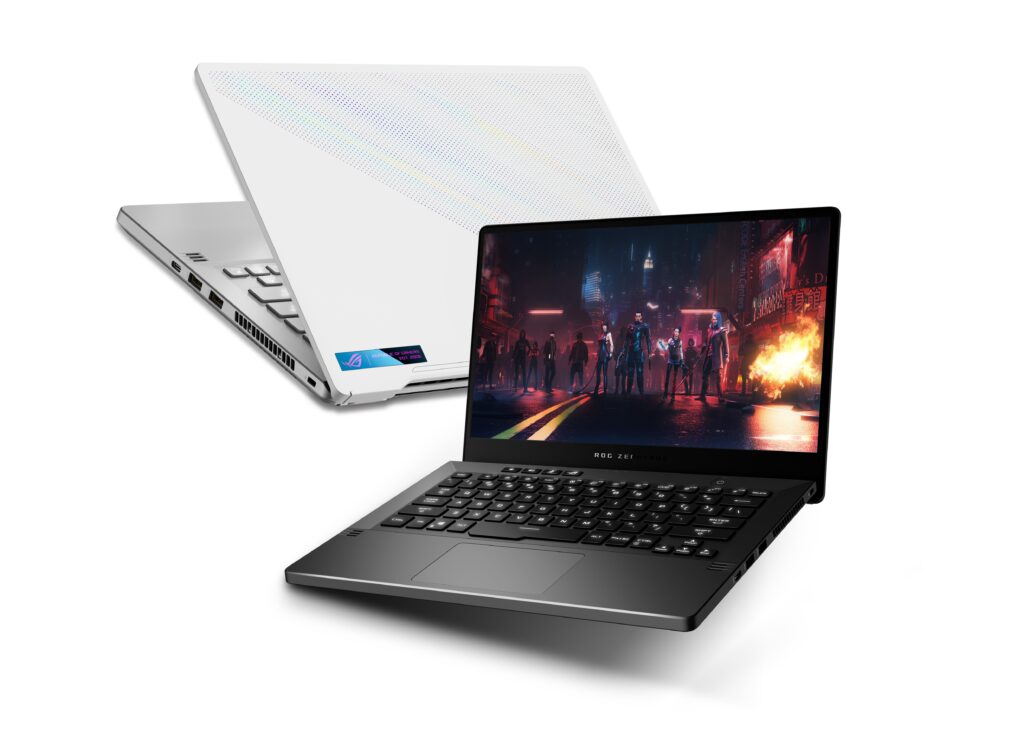
The ASUS ROG Zephyrus G14, in our books, is one of the notebooks that put AMD’s Ryzen processors name in the gaming laptop map. The first Zephyrus G14 was a brilliant product that received many accolades. That packed the older generation AMD Ryzen 3000 series mind you.
The new one of course packs the new AMD Ryzen 7 5800HS processor to boot. You get to work with up to NVIDIA’s GeForce RTX 3050 Ti GPU for all of your gaming and content creation needs. Both the CPU and GPU are supported by an 8GB RAM that you can easily expand with an extra RAM slot in the thin and sturdy body with the very recognisable Matrix LED shell. Storage wise, you get 512GB in SSD with an extra expansion slot too.
The powerful CPU and GPU combination pushes games to up to 144Hz (120Hz for WQHD variant) on the 14-inch IPS display that comes with the ASUS ROG Zephyrus G14. You get to spec your Zephyrus G14 with up to WQHD display too if you need the extra resolution for content creation purposes. On both the Full HD and WQHD displays, you get 100% coverage of DCI-P3 for a super deep colour accuracy and Pantone validation as the cherry topping.
The ASUS ROG Zephyrus G14 will be available in Eclipse Grey and Moonlight variants. The ROG Zephyrus G14 with NVIDIA’s GeForce GTX 1650 GPU will come with a non AniMe Matrix shell while the rest of the variants get the AniMe Matrix panel on the shell of the notebook for extra personalisation. The new AMD Ryzen 7 powered ROG Zephyrus G14 notebook is available this month (May 2021) onward and will start at MYR 4,799 and tops out MYR 6,499.
